How to Choose Non-Toxic Garden Planters for an Organic Container Garden
It’s no secret that gardening can be expensive. I believe that it’s totally worth it in the end, but acquiring all the supplies to get started can be daunting. Because of this, I can totally understand the temptation to buy the cheapest soil you can find, or to repurpose any random pot you find.
However, starting your garden off on the right foot will set you up for success in the long run. Here’s how to select garden containers, planters, and pots that will help reduce contaminating your garden with harmful chemicals!

The most non-toxic garden containers are the ones that are made of the most natural materials. They are actually very similar to the materials that you would use in your kitchen- think wood, steel, and biodegradable cloth.
Wood
Untreated cedar is one of the best possible materials to use in your garden. It is more resistant to pests than other types of wood, and is also more resistant to rot.
I would stay away from planters that are put together using glue. If your wood planter needs to be lined, I recommend lining your planter with a natural material as well, rather than the landscaping fabric that is often used (which is usually just more plastic).

I was lucky to have a friend skilled in woodworking (thanks Sean!), who was able to help my husband build a custom cedar planter for me. I decided to line it with organic cheesecloth. I simply purchased a large piece of organic cotton cheesecloth from Amazon, and used it to line the bottom of my planter (it had spaces between the bottom pieces, so this was mainly to hold the soil in better). I knew the cheesecloth would allow water to drain through, and would eventually start to decompose. While that does mean it’ll have to be replaced at some point, at least I know it isn’t contaminating my expensive organic soil.

Other options you can use for lining your planters are burlap (like I did with these DIY wicker-style planters) or coco coir.
Galvanized Steel
Galvanized steel is steel with a zinc coating, which protects the steel from corrosion. These look great and are lightweight, making them a great option for patios and balconies. One downside is they can become quite hot, so that’s something to consider if you live in a really hot location. The only other downside with these is that they will start to rust eventually, although they should last for many years.
You will need to drill holes in the bottom of a galvanized steel planter, if it doesn’t come with any!
Hot-dipped galvanized vs. zinc plating
The most durable galvanized steel (most rust resistant), is hot-dipped galvanized, which is a zinc coating that is applied by dipping the steel in a bath of molten zinc. Hot-dipped galvanized steel is thicker and more durable.
A “cold” zinc coating (also called electro-galvanized) is a thinner coating making it less durable, but cheaper to buy.
If you want the more durable, hot-dipped galvanized products, you will need to look for ones that specifically state that they are hot-dipped, because the term “galvanized” is also used to describe electro-galvanized zinc coatings as well.

Some people have mentioned that the zinc coating can leach into the soil after some time, but since zinc is an important micronutrient that many people aren’t getting enough of anyways, I have zero concerns about that whatsoever.
Coco Coir
Coco coir pot liners, or coconut coir, comes from the fibrous husks of coconuts. They are 100% natural and biodegradable. They are quite sustainable as well! Another benefit is they are quite breathable, allowing plant roots to stay cooler and get air circulation. Typically they come in small and medium sizes with a metal frame that holds the liner, but you can also buy larger rolls of coco coir and use it to line other planters that you have.
I personally love the rustic look of these, and just got one this year to use as a herb garden! I’m hoping to get more of them in the future.

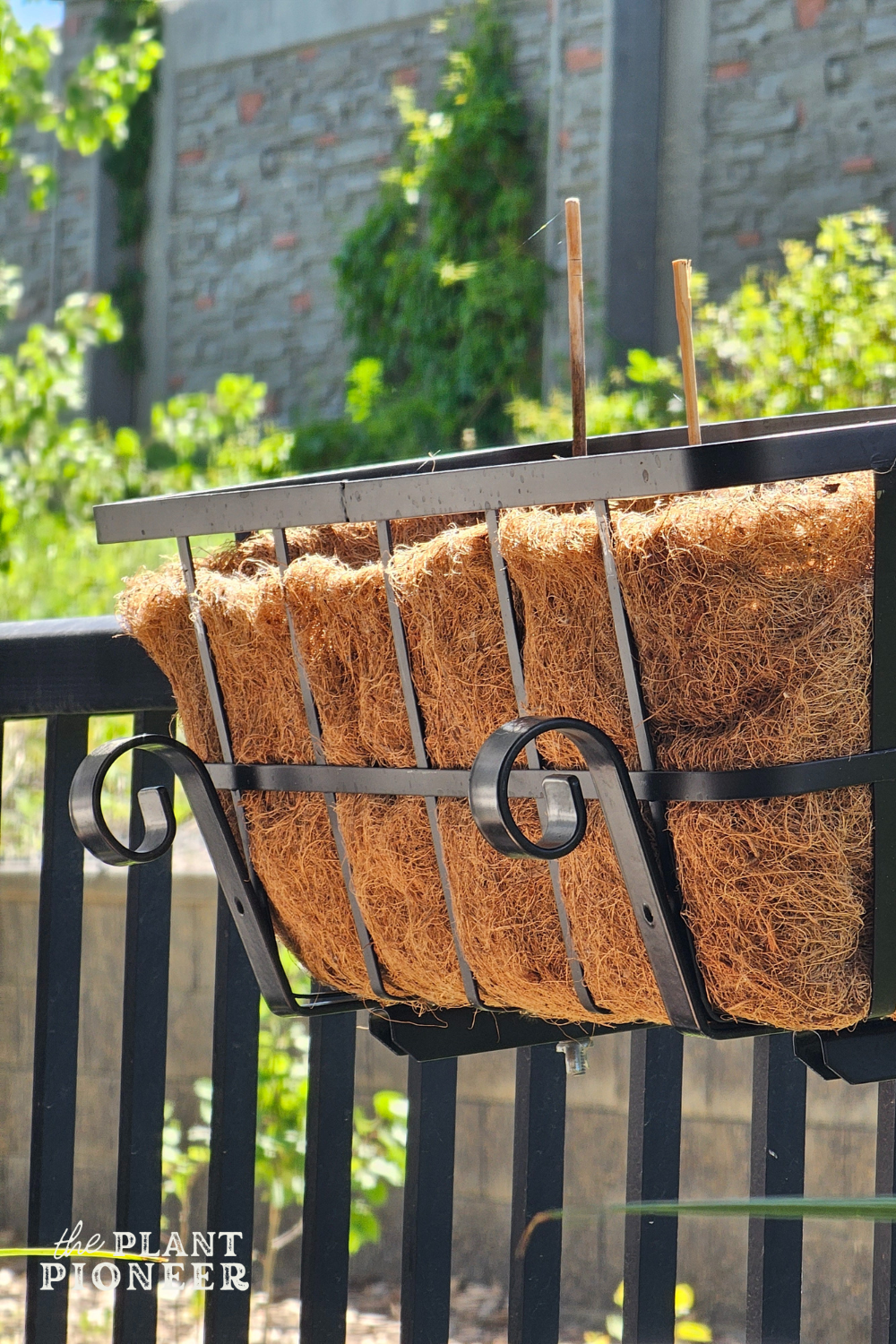
Terracotta
Unglazed terracotta is a good choice overall for growing edible plants. Sometimes the clay that is used for making terracotta pots can be contaminated with lead and other heavy metals, which can then leach into the soil, so this is something to be mindful of. I like to mitigate this risk by using a variety of materials in my garden, rather than sticking to just one type of planter. You can utilize the pros and cons of each material by using each of them for the most suitable plants.
Avoid ones that are glazed because, again, the glazes often contain lead and other heavy metals like cadmium and arsenic. Sometimes you can find clay pots that are glazed & painted only on the outside. Those can be a better choice if it’s important to you to have a colour or design other than typical terracotta.

If you live in a climate where the winters get really cold like I do, it’s best to store terracotta indoors to prevent it from cracking. This is an important aspect to consider if you live somewhere with limited storage space (like I do!). If you do need to store any outside, emptying out any soil at the end of the season and making sure that water can drain out seems to help prevent them from cracking, because there is nothing inside it to freeze and thaw with the temperature swings.
Ceramic
Ceramic pots are very similar to terracotta with their pros and cons. I recommend looking for ones that are not glazed on the inside, as the glazes sometimes contain lead, cadmium, arsenic, and other heavy metals.
Here’s a money-saving strategy:
Buy good-quality natural pots/raised beds/containers for your edible plants, and then you can buy cheaper plastic pots or secondhand finds to use for your decorative flowers. This is what I’ve done to save money and it is working well. I also lined some of my pots with burlap, to create a natural lining and a bit of a barrier between the soil and the plastic.

Plastic Pots & “Fabric” Pots (not generally recommended)
In general, I don’t recommend using these for your edible garden plants. There are different types of plastic, and some are worse than others, so familiarizing yourself with what the different resin codes mean can be one way to avoid using the ones that are the worst.
I recommend checking the bottom of your container to look for the recycling number, also known as a Resin Identification Code (RIC). These are typically used to inform you about if that type of plastic can be recycled, but it can also help you determine how potentially toxic that plastic is.
The least toxic type of resin code is #5 Polypropylene (PP). It has a high melting point, making it more suitable for hot temperatures. Resin code #4 Low Density Polyethylene (LDPE) is often said to be one of the more “less toxic” options as well, however it’s not suitable for high temperatures (so sitting out baking in the hot sun is not a good idea!).
Avoid buying these types, which have even more concerns associated with them:
- Resin Code #1- polyethylene terephthalate, which can leach hormone-disrupting phthalates.
- Resin Code #2- high-density polyethylene or HDPE. This research article explains how most containers with this code are fluorinated, which leads to the production of PFAS (short and long-chain per- and polyfluorinated alkyl substances) that leach into whatever is in the containers. PFAS are highly toxic ‘forever chemicals’ that bioaccumulate. The research article also shows the same concern for other resin codes, including #4 and #5.
- Resin Code #3- polyvinyl chloride or PVC, which can be carcinogenic.
- Resin Code #6- polystyrene, also known as Styrofoam. Styrene is another human carcinogen.
- Resin Code #7- other plastics, such as mixed plastics and multi-resins, and ones that don’t fit into any of the above categories. We definitely want to avoid unknown materials!
A note on fabric pots:
My biggest annoyance when it comes to fabric pots is that they usually don’t tell you what the fabric is actually made out of. They look like they are made out of common synthetic fabrics, like polyester and nylon, which means they are actually made out of plastic.
One benefit of these over plastic pots is that they are breathable and cooler, which promotes better health for the plant. However, these could still be leaching microplastics, BPA and BPA-alternatives (like BPS), phthalates, etc. so they are not one of my top choices. If you decide to get fabric pots, I recommend ones that are biodegradable, as that should mean they are made from a more natural material, such as ones from the brand Bio-D Grow Pots.
Another bonus is they tend to be more affordable for large sizes compared to other types of pots like terracotta. So it’s a better choice than plastic overall if budget is a big concern!

I hope this helps you choose the best containers and planters for your organic garden! In doing additional research for this post, it was hard not to feel a little discouraged with learning how hard it really is to avoid toxins even in a garden planter. But knowing the best materials to use will help you focus on what you can control!
Thanks for reading! Make sure to pin this post to Pinterest to refer back to.
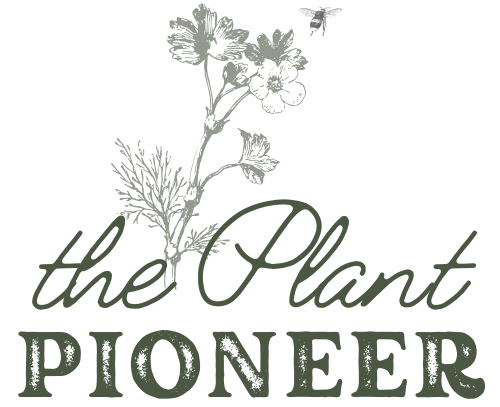
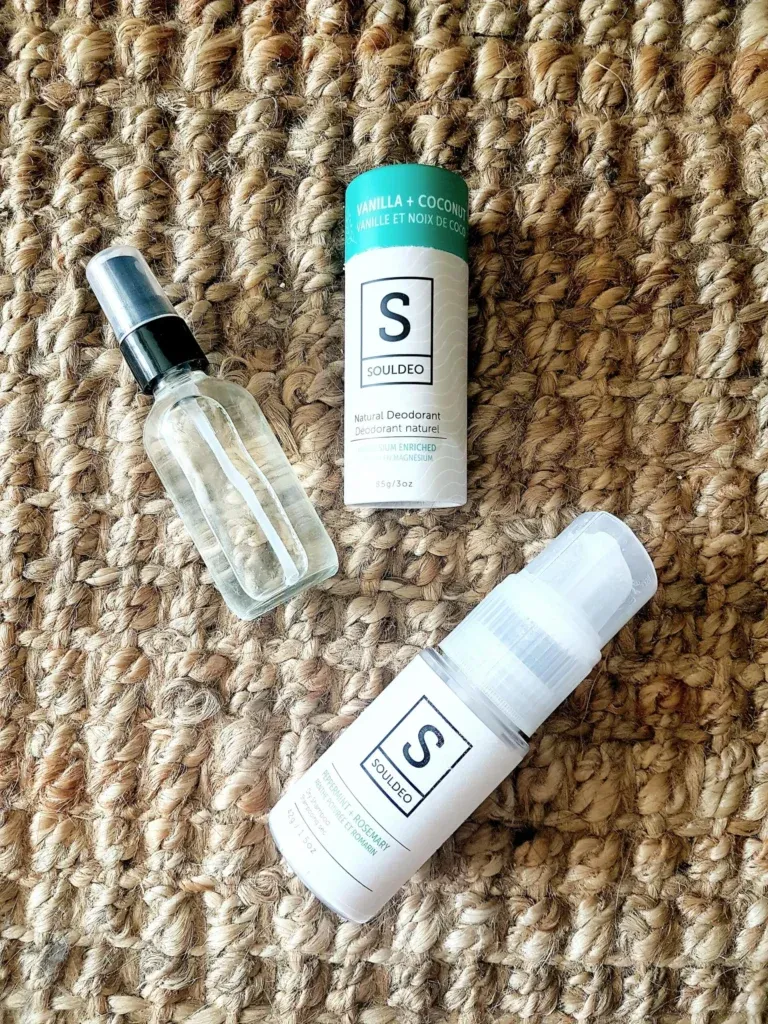
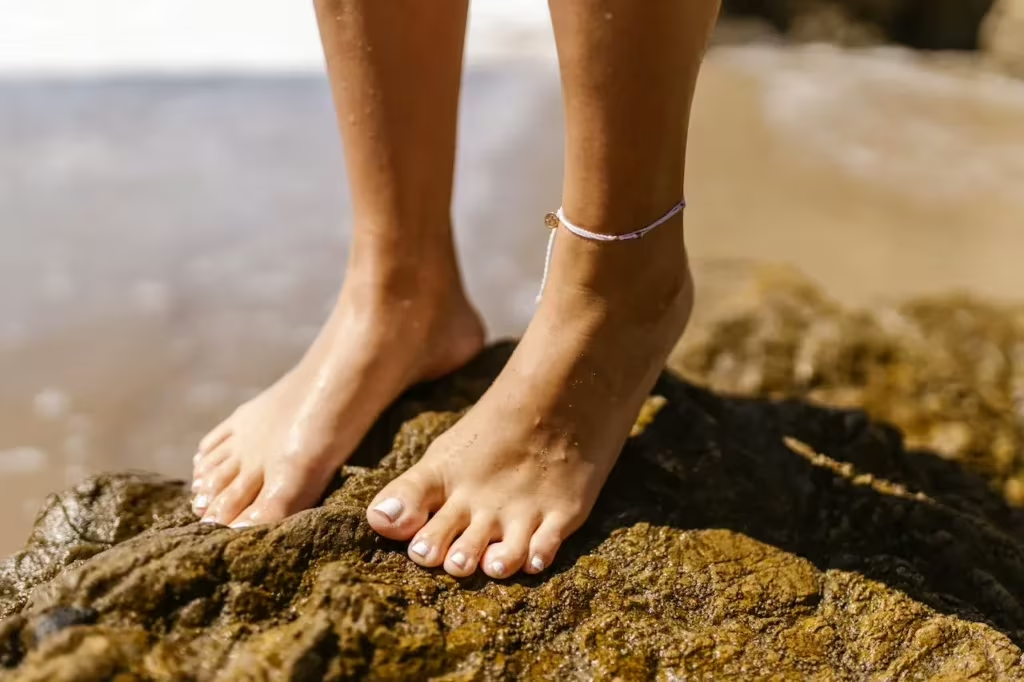
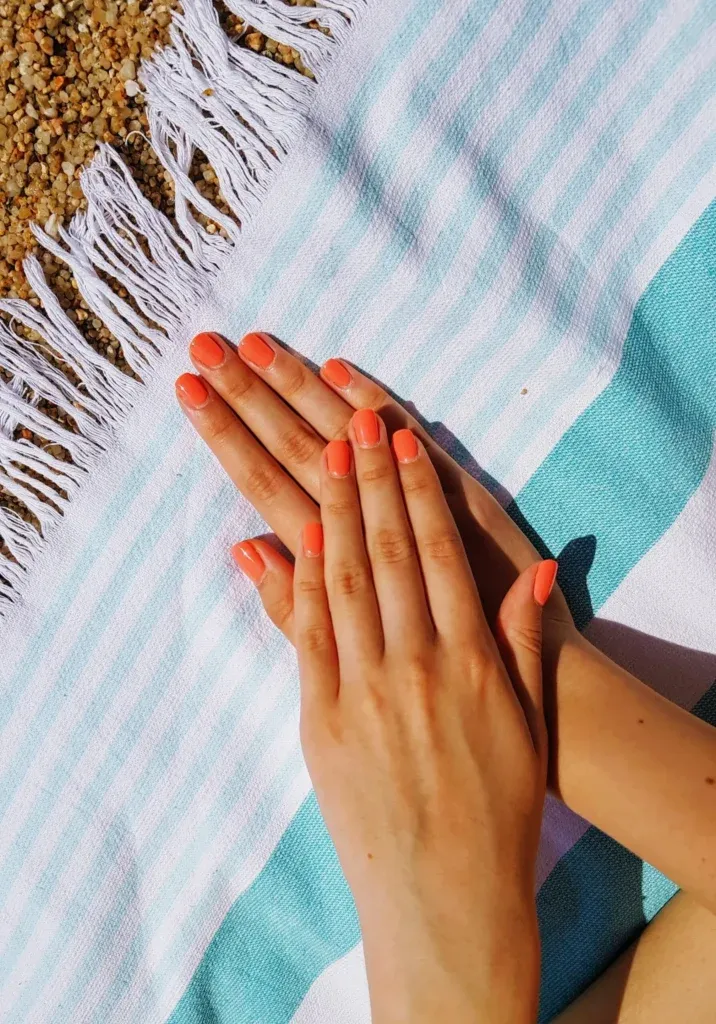
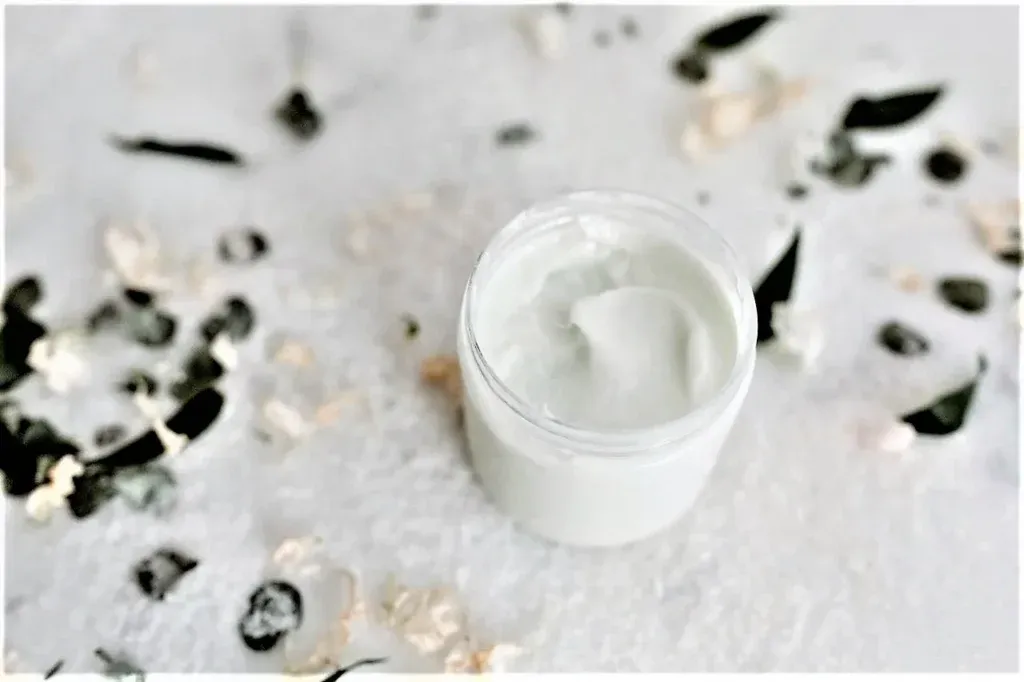

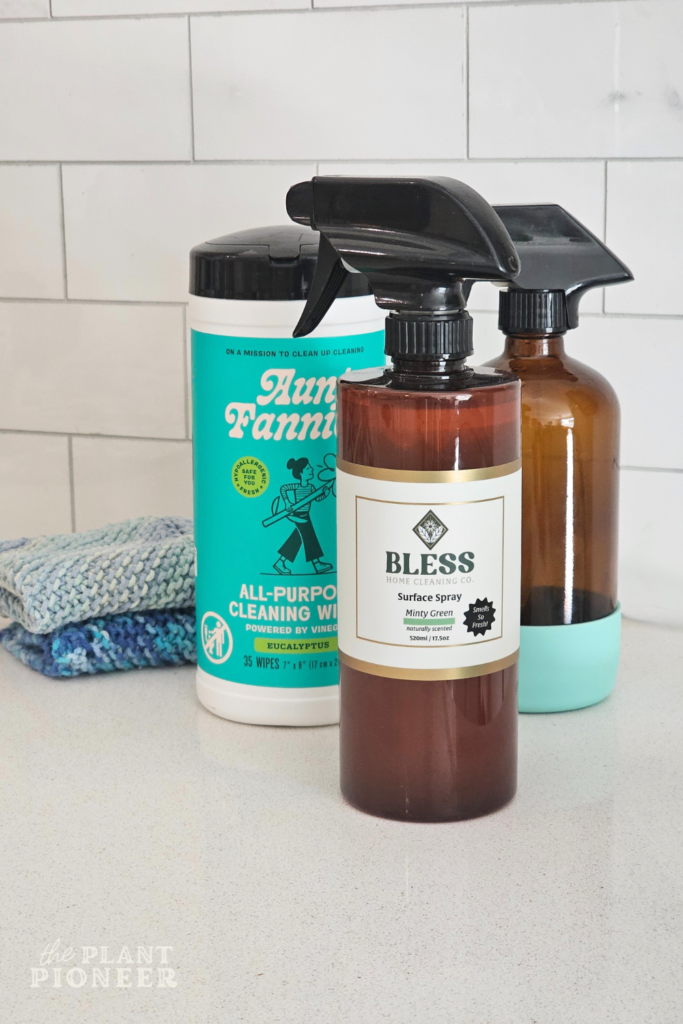
Join the List
Stay informed & receive my latest healthy living tips to your inbox.